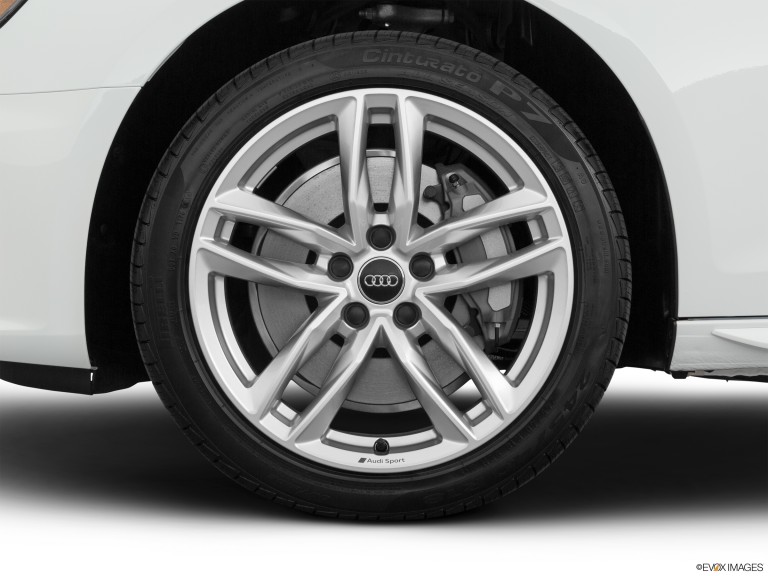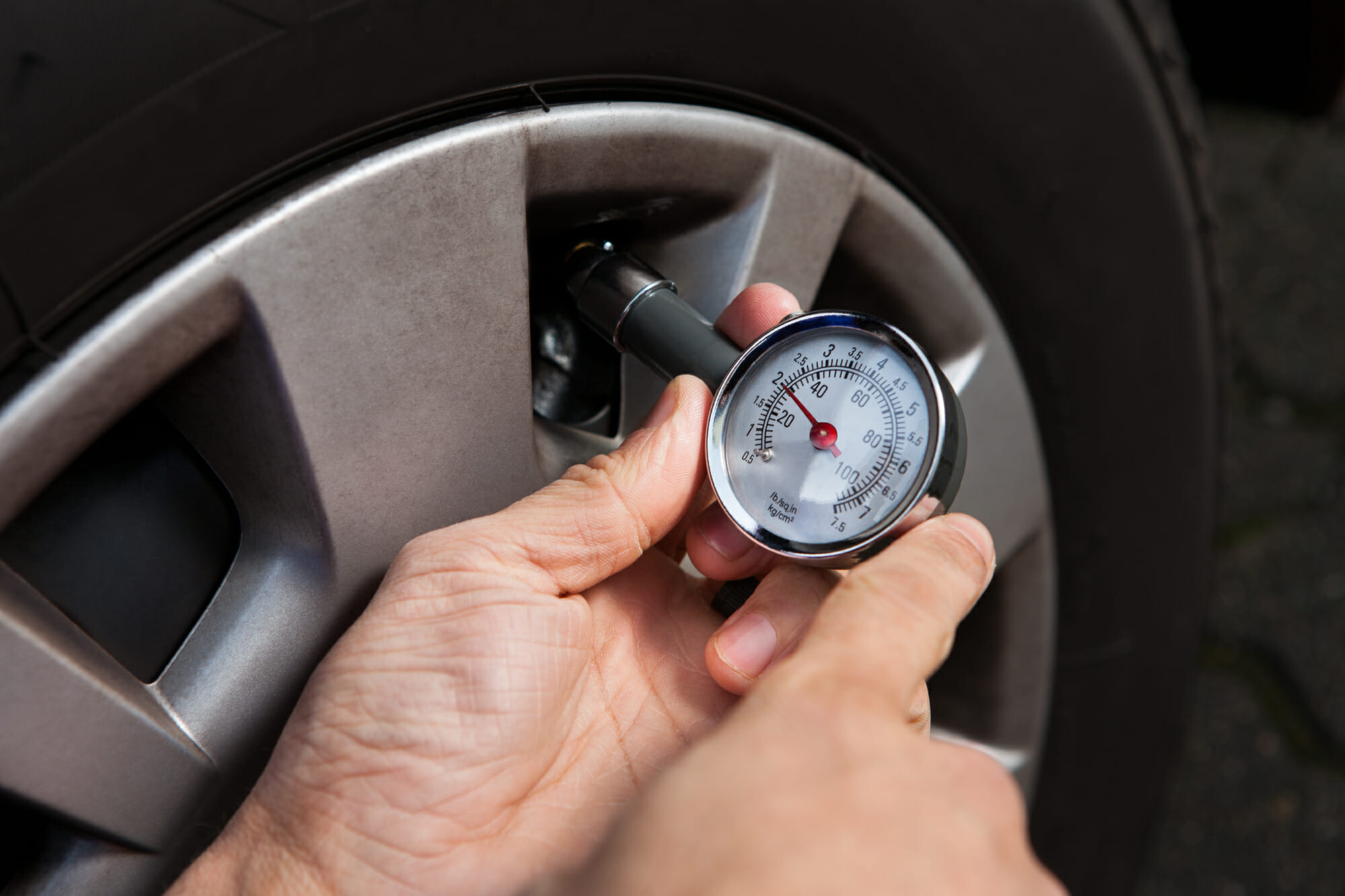Various factors make the Audi A4 an incredible car to drive, from the powerful engine to the stylish interior. Yet, its superior handling isn’t possible without good tires.
What are the best tires for the 2020 Audi A4?
- Touring: Michelin Crossclimate2 – $175.99/tire
- Performance: Michelin Pilot Sport All-Season 4 – $159.99/tire
- Winter/Snow: Bridgestone Blizzak WS90 – $171.51/tire

These recommendations for tires are just one option. You may want to look at other brands as well as other types of tires. The key to buying tires for your A4 is to take into consideration the size, style and features available and how well that works with your needs.
Best Tires for the 2020 Audi A4

Which are the 2020 Audi A4 best tires on the market for you? Consider these three types, all of which work well for the A4, depending on your driving conditions and preferences. Most drivers will find these are likely the style of tire that is right for their specific needs.
Touring – $175.99/Tire
Most people upgrading to a higher quality tire from the base model will benefit from touring. This type of tire has a more asymmetrical tread pattern. As a result, it has more of a smooth tread, which improves driving quality and overall performance. You’ll feel the difference with these tires.
Touring tires improve performance, which means they are less practical and more about creating a smooth ride. You may love that they help your A4 turn with more responsiveness and give it that nice, luxury feel you’re after. For the Audi A4, touring tires are nearly considered a must-have.
There are key benefits to touring tires. For example, they are an upgrade from all-season tires especially when it comes to traction in wet conditions. They are not the best in terms of overall support in snow or ice, but they do add more control even in rough conditions.
Customers who purchase touring tires note their improved ride comfort. Some state these tires do not last as long as others. Others state they like the higher speed rating on the tires. They note the tires are reliable in most weather. Note the quality range between brands.
Performance – $159.99/Tire
Performance tires are a more affordable option with fewer comfort features to them. They are a step up from the basic tires on your A4 (which are already solid tires in most cases). These add more traction control and better speed ratings than your touring tires. They are less expensive.
Performance tires have lateral grooves on them and slightly larger treads. This helps to improve traction control giving you better contact between the ground and the tire even in wet or slippery conditions. They give you ample handling on dry surfaces as well.
The key to buying performance tires is to choose the quality right for you. High-performance, all-season tires are a solid option. For the A4, though, you may want to get a max performance or better quality. These will give you more traction control and better ride comfort.
Customers note that performance tires are more affordable and tend to have high speed ratings. They also tend to have better overall tread life, meaning they last longer. That’s what makes them the practical option. Some consumers noted problems with early wear on lower-priced tires.
Winter/Snow – $171.51/Tire
If you drive in an area with significant snow and you’re planning to take out your winter tires for a trip, you’ll appreciate snow tires. These tires have aggressive treads with wider grooves between them, which adds to the overall functionality of the A4 in bad weather.

Winter tires for the A4 are likely to be studless. That is, they should not have metal studs on them as this does not significantly improve overall performance unless you’re driving on dense, compact snow. Studded tires are illegal in some areas. Studless are available and generally worth the investment.
Winter tires work well by pushing out slush, ice, and snow from under the tire, creating more contact area. As a result, they are less likely to have your Audi on the side of the road in a snowbank as you’re driving home on the highway.
Customer reviews for winter tires are often mixed. They last much longer. They also tend to offer more control and better peace of mind in all conditions. Yet, they can be expensive and may need to be taken off the car during the warmer months, depending on which you buy.
People Also Ask
Do you have questions about the right tires for the Audi A4? Perhaps you have other tire questions? Here are some answers.
Does the 2020 Audi A4 come with a spare tire?
The Audi A4 does not have a conventional spare tire. Rather, it has a collapsible spare tire. It’s designed just for your vehicle, which means you cannot use it on other Audi models. These tires are still only used for a short time and are meant for limited use until you can get the other repaired.
The collapsible tire is located in your Audi A4’s luggage compartment. This is the trunk area of the car. You’ll need to remove the carpeting and cargo floor cover to access it. Then, unbolt it from the well.
What’s the recommended tire pressure for a 2020 Audi A4?

The tire pressure for this vehicle depends on the size tire as well as the model trim. Be sure to verify which you have before buying. Here are some examples:
- 245/35R19 93Y tires: 36 psi for the front tires and 39 psi for the rear tires
- 245/40R18 93Y tires: 32 psi for the front tires and 32 psi for the rear tires
- 245/40R17 94Y tires: 32 psi for the front tires and 32 psi for the rear tires
- 245/35R19 93Y tires: 36 psi for the front tires and 39 psi for the rear tires
Be sure to check other tire sizes against the owner’s manual for more information.
How do you reset the tire pressure indicator on a 2020 Audi A4?
To reset the Audi A4 tire pressure, turn the car off. Fill the tires to the desired psi based on what is accurate for your car.
Turn the ignition on. Then, use the car function button on your car’s MMI control panel. Select “Car” and then “Servicing and Checks.” There, choose “Tire Pressure Monitoring” and “Store Tire Pressures.” Click “Yes” to store them.
Drive the car for at least 10 minutes at 25 mph or more. This should reset the tire pressure within a matter of time. If not, that may mean you need to have a technician take a closer look at the functionality of the sensor on the vehicle.